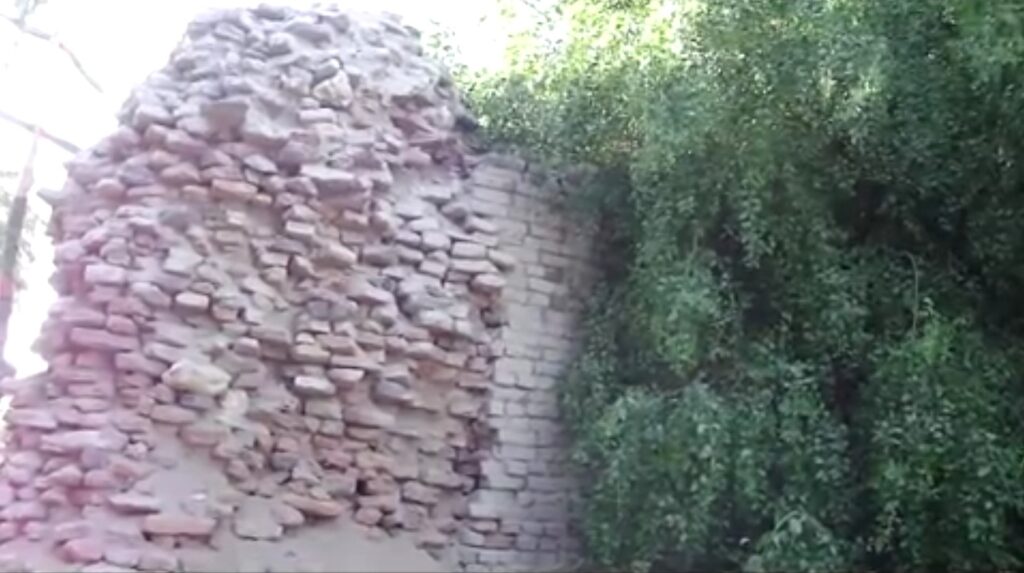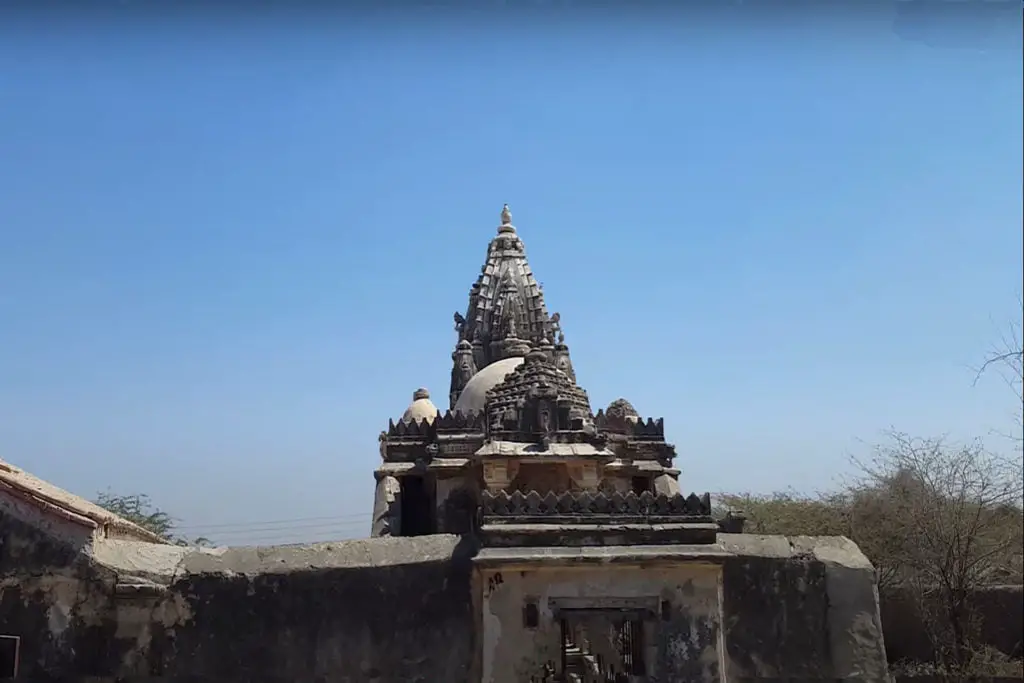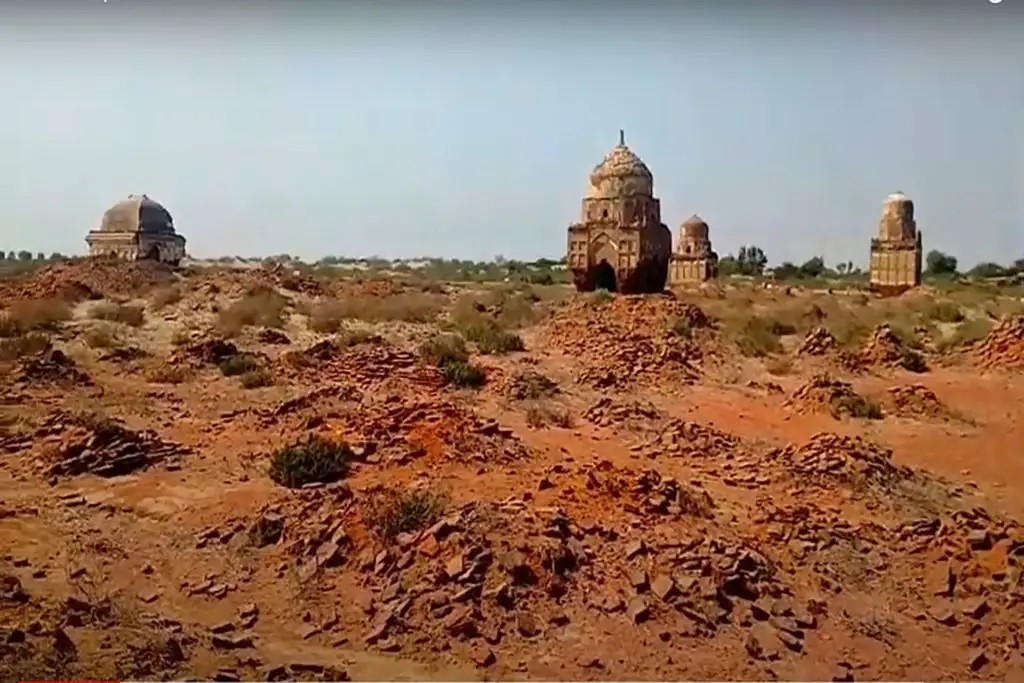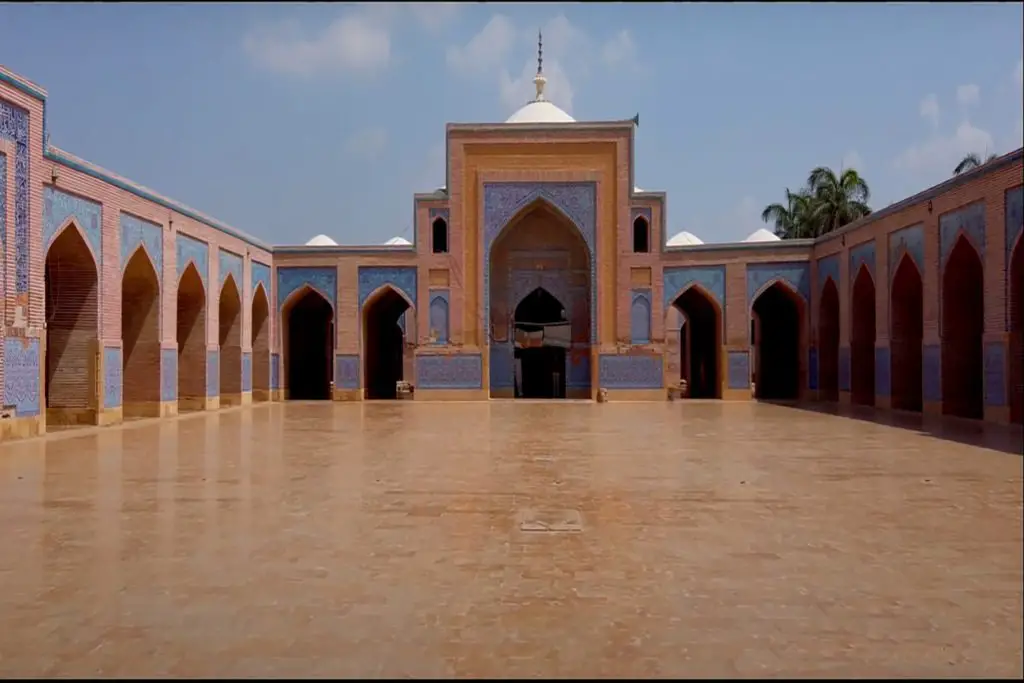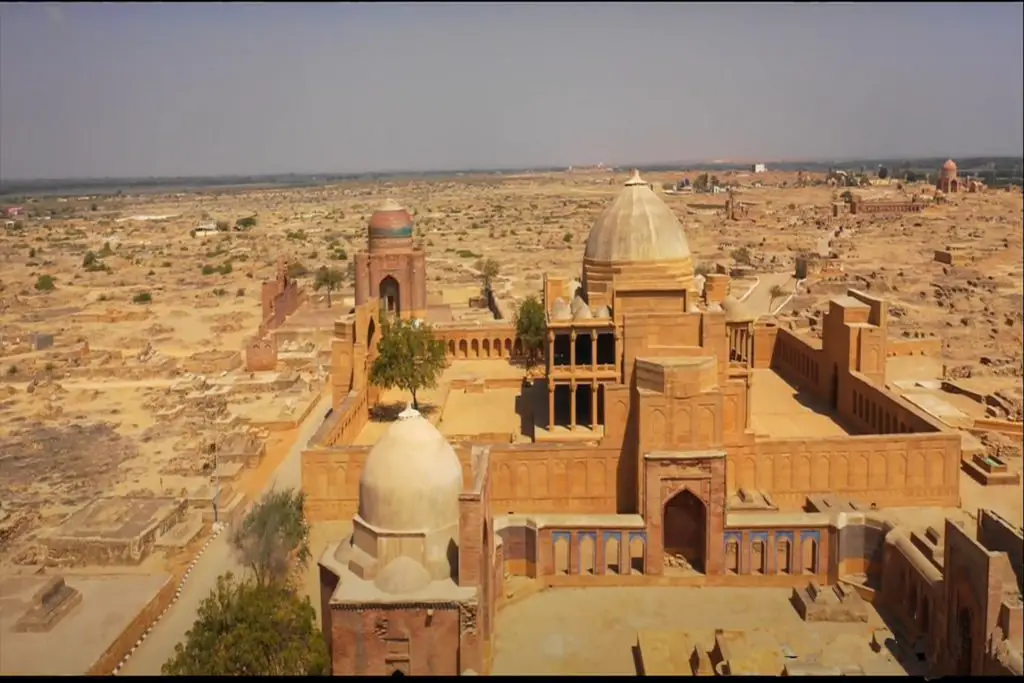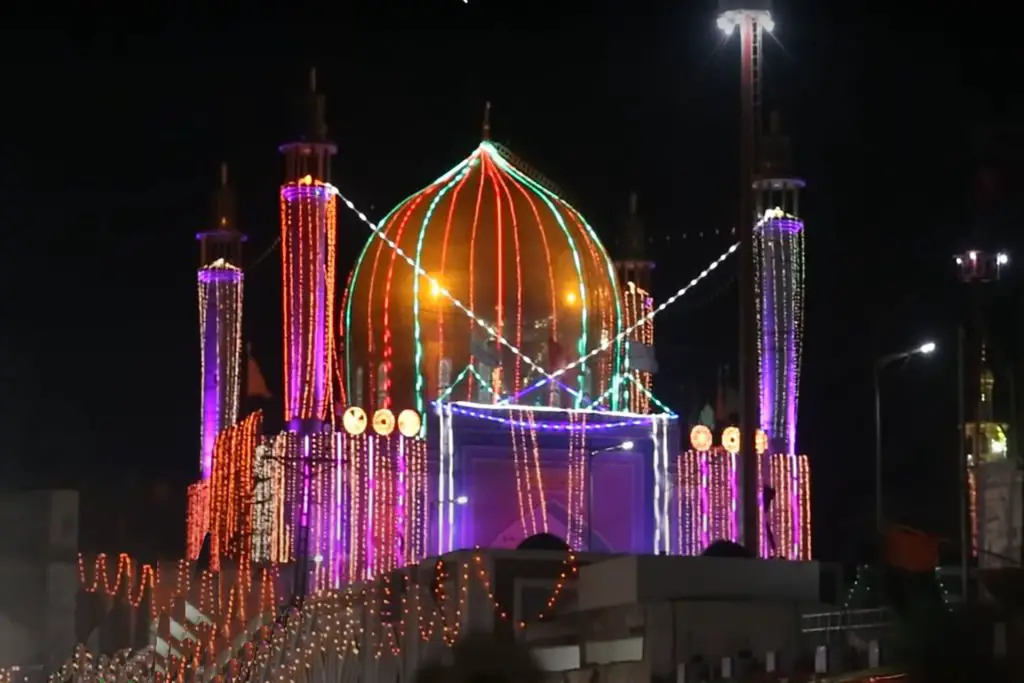Nestled between the towns of Sukkur and Rohri, Bakhar Fort emerges as a small, irregularly shaped haven in the mighty Indus River. This captivating island, encompassed by fortification walls that touch the surrounding waters, is steeped in history and showcases remnants of a bygone era. With its scenic beauty, architectural remnants, and spiritual landmarks, Bukkur Fort invites visitors to step into its intriguing past and experience the tranquility of its surroundings.
Bakhar Island, also called Bukkur Island is a small but picturesque island located in the Arabian Sea, off the coast of Pakistan’s Sindh province. Despite its relatively small size, the island has a rich history and unique ecology that makes it a popular destination for tourists and nature enthusiasts.
The island is named after the Bakhri tribe, who were the original inhabitants of the region. Over the years, it has been visited by various travelers and explorers, including the famous Chinese admiral Zheng He, who is said to have stopped on the island during his voyages in the 15th century.
Bukkur Island spans approximately a quarter mile in width from north to south and 0.5 miles in length from east to west. The entire island lies within the fortification walls, although sections of the wall have diminished over time, leaving fragments scattered around. The walls, constructed using burnt brick tiles of various sizes, once encircled the entire island, punctuated by semi-circular and elliptical bastions that still stand today. The wall, around 5 feet thick in most areas, reveals glimpses of gateways now partially obscured by rubble.
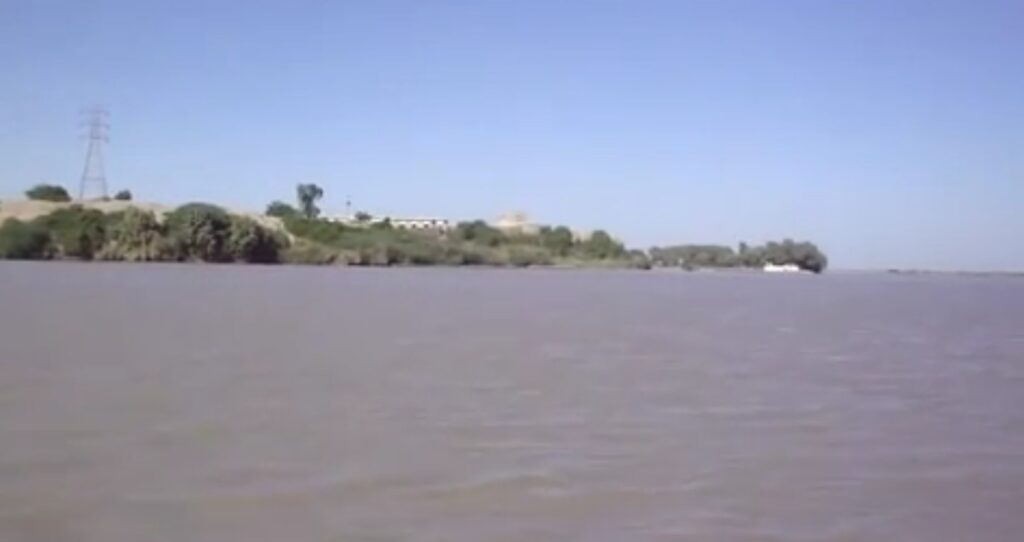
Bakhar Fort (Island) Features
One of the most unique features of Bakhar Island is its rich and diverse ecosystem. The island is home to a variety of plant and animal species, including several rare and endangered species. Its coral reefs are particularly noteworthy, with vibrant and colorful marine life that attracts snorkelers and scuba divers from around the world.
In addition to its natural beauty, Bakhar Island also has a rich cultural heritage. The island is home to several ancient temples and ruins, including the famous Hindu temple of Hinglaj Mata. The temple is considered one of the holiest sites in Hinduism and attracts thousands of pilgrims each year.
Divided into two parts by a railway line, Bukkur Island showcases distinct features on each side. The western portion, inhabited and vibrant, is home to a modern shrine or tomb, as well as a ruined mosque built with burnt bricks and mud. While the absence of other monuments suggests a possible history of additional structures, the landscape is adorned with remnants of collapsed buildings, brick-bats, pottery shards, and scattered earth—an evocative reminder of the island’s past grandeur.
In contrast, the eastern part of Bukkur Island primarily reveals foundations of walls scattered sporadically, serving as intriguing clues to its historical significance. Visitors can embark on a journey of discovery, imagining the structures that once stood proudly in this captivating landscape.
Despite its many attractions, Bakhar Island remains relatively unspoiled and untouched by mass tourism. Visitors can enjoy the island’s serene and peaceful atmosphere, explore its pristine beaches and forests, and immerse themselves in its rich cultural heritage.
Bukkur Island, with its blend of natural beauty and architectural remnants, offers a captivating glimpse into the past. As visitors explore this enchanting oasis on the Indus River, they can immerse themselves in the island’s rich history, admire the fortification walls, and contemplate the spiritual significance of its shrines and mosque. Bukkur Island stands as a testament to the enduring allure of cultural heritage, beckoning travelers to step back in time and embrace the serenity that surrounds this hidden gem.
If you’re looking for a unique and off-the-beaten-path destination, Bakhar Island is definitely worth a visit. Whether you’re interested in nature, history, or culture, this tiny island has something for everyone.

